
Pets and Animals
Learn about the incredible world of pet and animal vision. From care tips to fascinating facts, understanding your furry friend's eyes can help keep them happy and healthy.
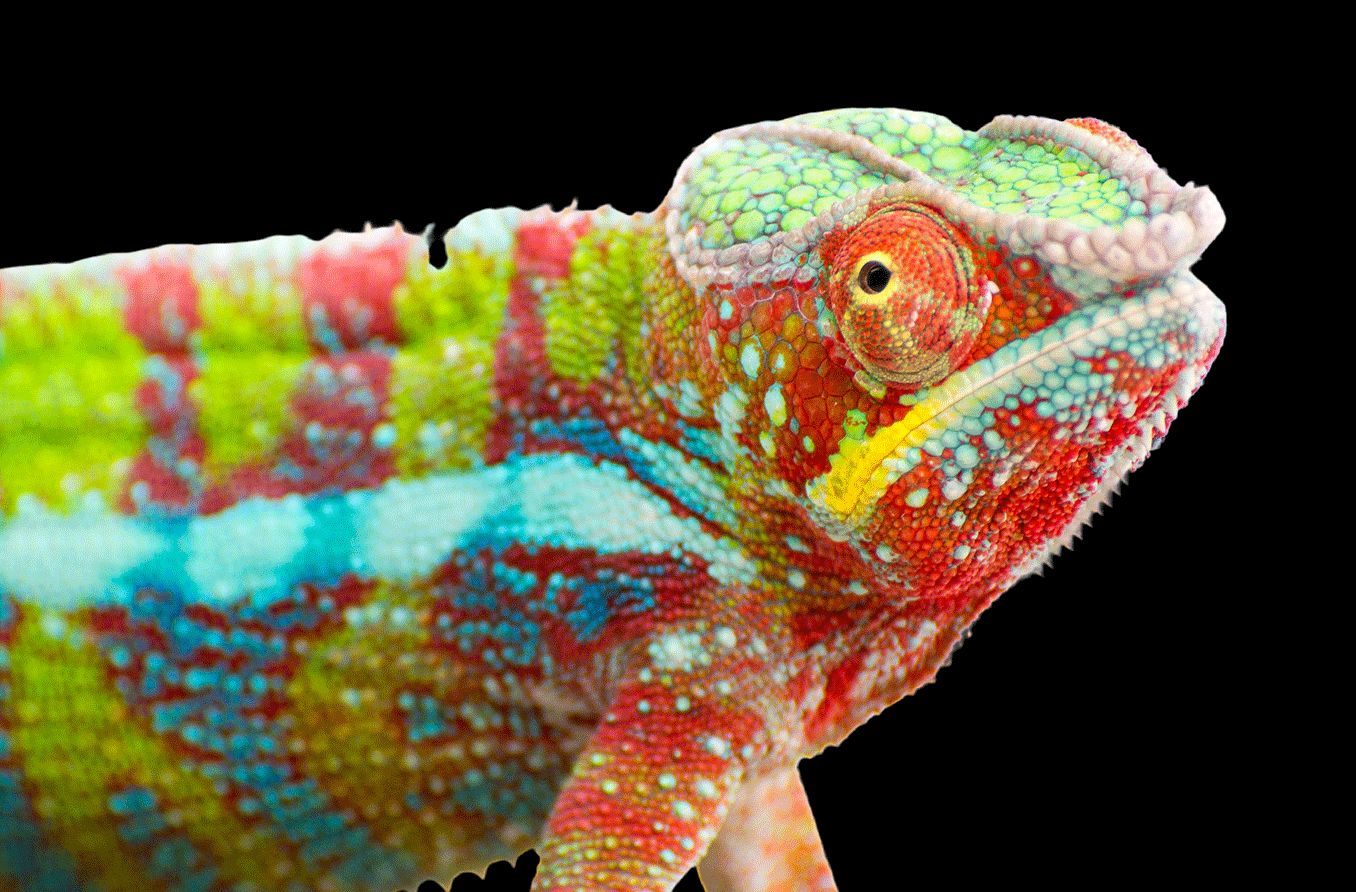
Animal eyes have features that serve several purposes, from seeing a multitude of colors as they prowl, to sensing predators behind or ahead of them.

Behind those puppy-dog eyes, there are several inherited eye conditions that a canine may face. Learn more about genetic eye conditions in dogs.
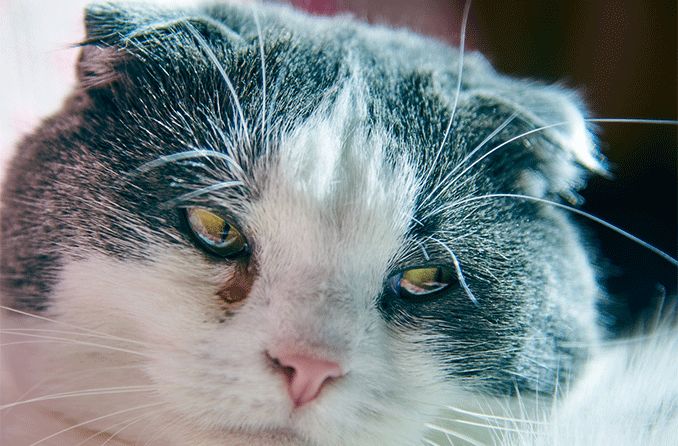
Your cat’s eyes may be watering due to one of a variety of issues, including allergies, infection, trauma and more.
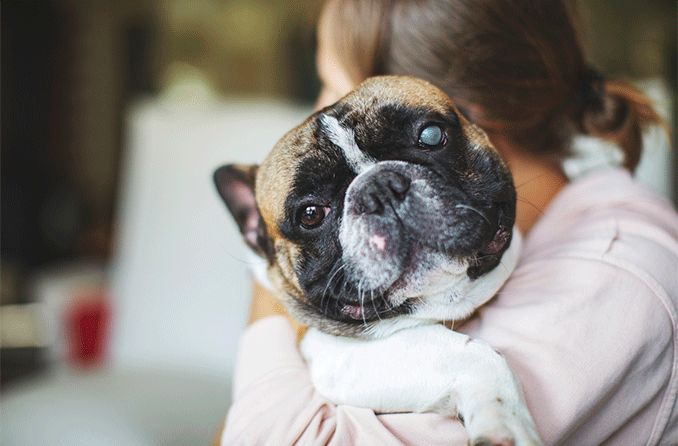
Caring for a blind dog can be a challenge. Take these steps to make life easier and more rewarding for a dog with low vision or blindness.
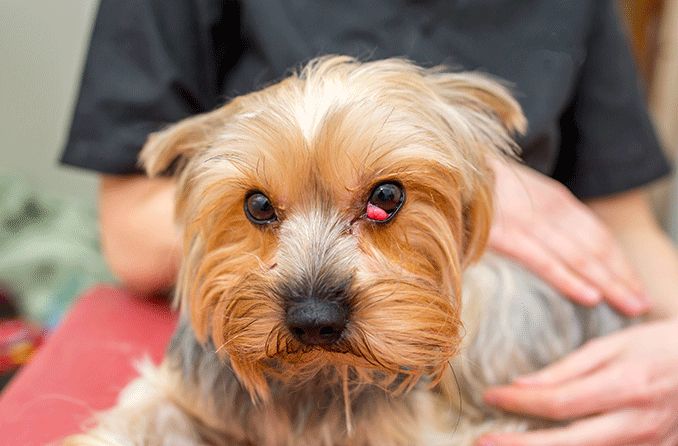
Dogs have a protective third eyelid that usually stays hidden. However, if it protrudes, a dog may need medication and/or surgery to repair it.
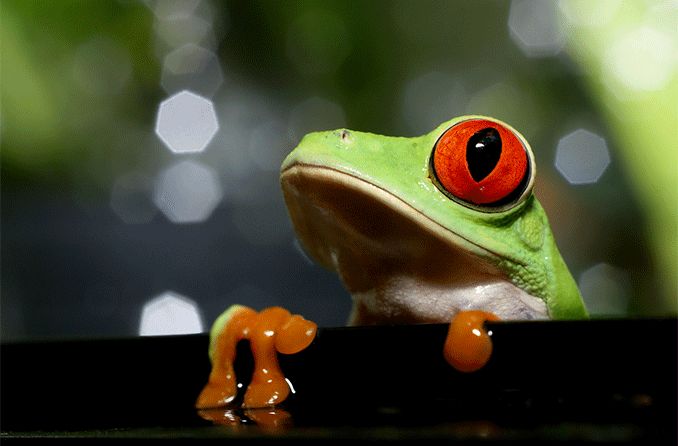
What do animals see that humans miss? A look at ultraviolet, infrared and other kinds of perception in the animal kingdom.
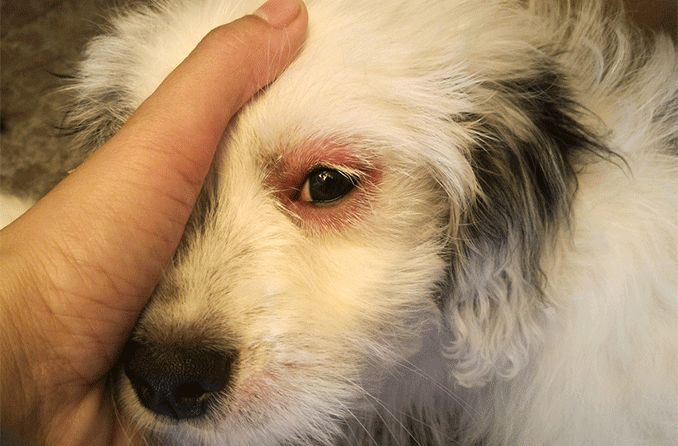
Dogs can get pink eye from bacterial and viral catalysts, as well as allergies and injury, among other factors. See a vet immediately if you suspect your dog has pink eye.
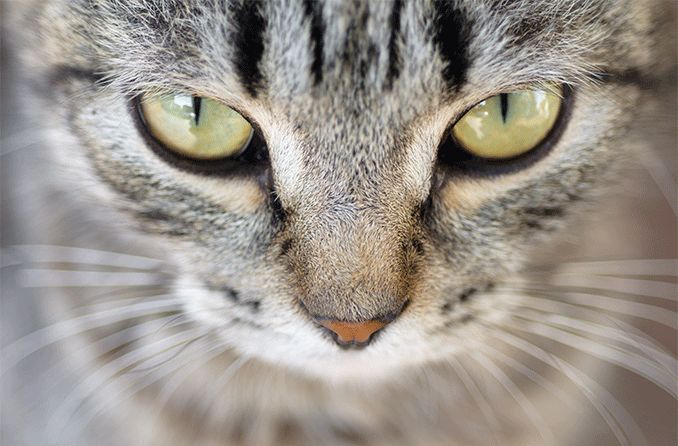
Cat vision is different from human vision in many ways, as cats have night vision, partial color blindness and bad visual acuity.

Cat allergies can cause itchy, watery eyes and other unwanted symptoms. Find out what causes cat allergies and how to live more comfortably with your pet.
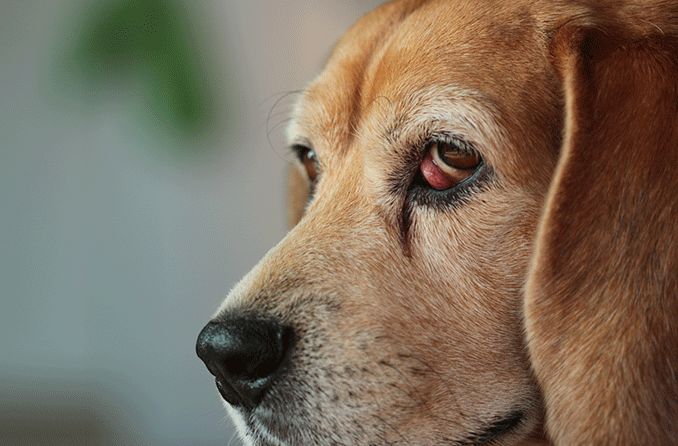
Many animals have a third eyelid. When a gland in this eyelid prolapses, it is called cherry eye. Learn more about the third eyelid and cherry eye in dogs.
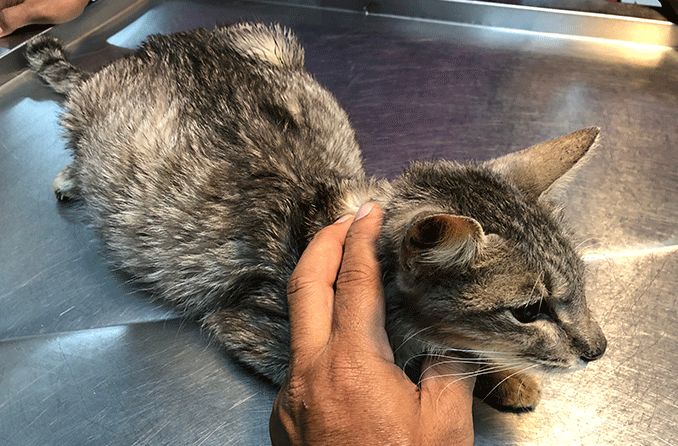
Feline infectious peritonitis (FIP) is a serious illness in cats that can affect the eyes. Here's an overview and when to see a veterinarian.
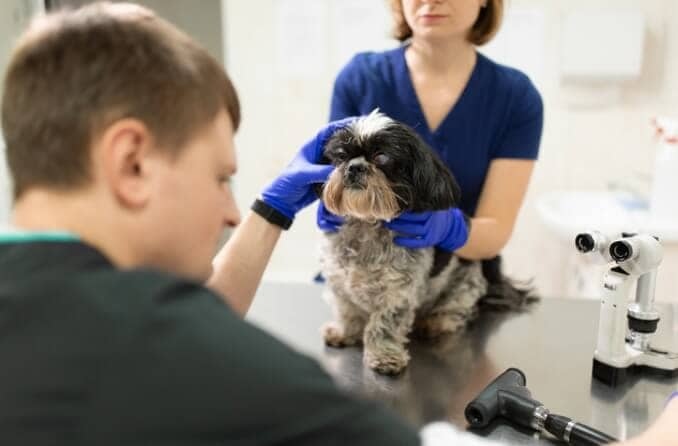
Glaucoma is a painful and serious eye condition in dogs that can lead to blindness if it is left untreated.
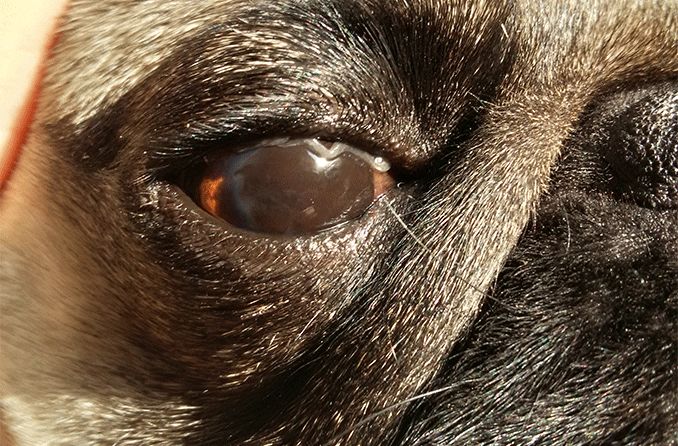
Learn about pigmentary keratitis, a condition in which black or brown pigment is deposited on the cornea of a dog’s eye, causing blindness in some dogs.

Brownish eye discharge (epiphora) in cats occurs due to an overflow of tears. But most ocular discharge in cats should be checked by a veterinarian.

While some dog eye discharge is normal, some can be caused by infection, dry eyes, allergies and other conditions.

Several canine conditions require eye drops, from allergies and dry eye to infections and glaucoma. Learn more about eye drops for dogs.

Learn about the eye anatomy and visual sharpness of eagles, how it compares to that of humans and if it is possible for people to have

Cats have a third eyelid (nictitating membrane) located in the corner of their eyes that provides protection and moisturization of the eyes.

A dog’s eye(s) can become swollen due to mild conditions like allergies, as well as serious diseases like glaucoma. Contact a vet if your dog’s eye is swollen.
All About Vision and AllAboutVision.com are registered trademarks of AAV Media, LLC. © 2000-2025 AAV Media, LLC. The content on this site is for informational purposes only. All About Vision does not provide medical advice, diagnosis or treatment. Contact an eye doctor if you need medical attention.